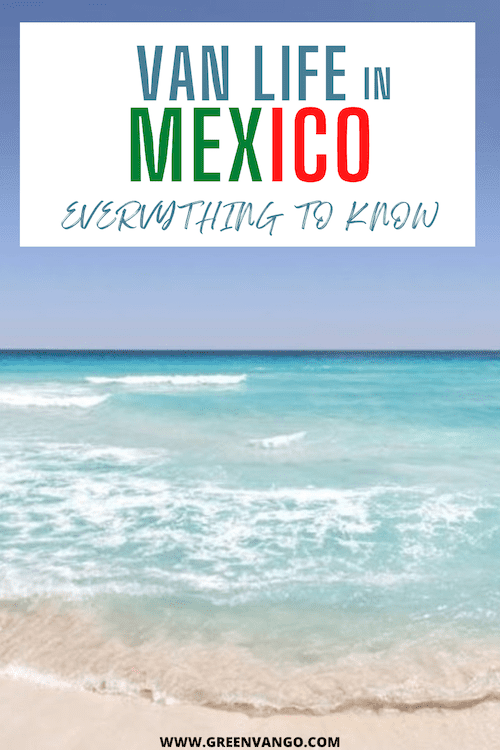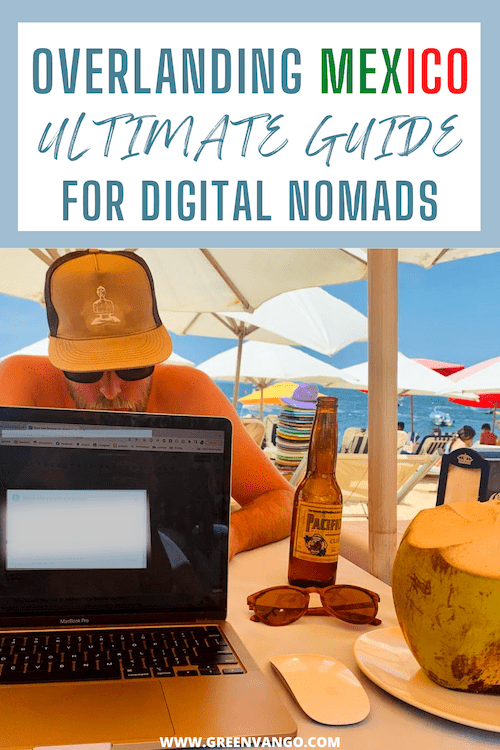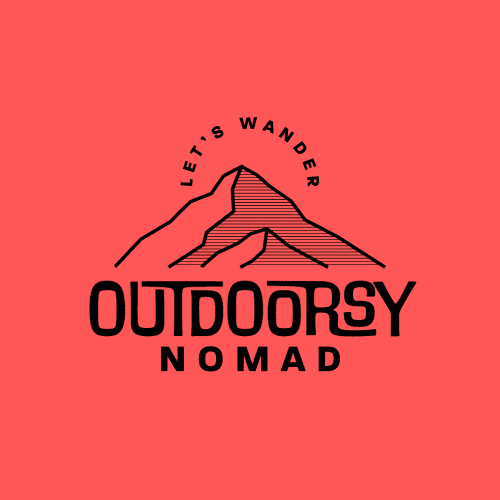So, you’re a digital nomad and ready to make the leap to living in another country. You’re ready for sandy beach backdrop views, fresh seafood meals, and absorbing a new culture. You’re ready to overland Mexico.
But what should you know before making the leap? Hear from one digital nomad who has been living that exact life for nearly two years!
The following post was written by Liz Shipton, a full-time digital nomad, freelance writer, and indie author. For the last year and a half, Liz has lived aboard her 43 ft Morgan sailboat, Loki, with her boyfriend and dog, as they sailed to Panama from their former home in California. Read Liz’s full bio here.
Table of Contents
Last year, I loaded all my possessions into a 43 ft sailboat, left my home in Santa Cruz, California, and sailed down the Pacific Coast into Mexico with my boyfriend and my dog. I’ve now been living on my boat in Mexico and Central America for over a year, working remotely, and absolutely loving it. You could say I’m doing “van life Mexico” by boat!
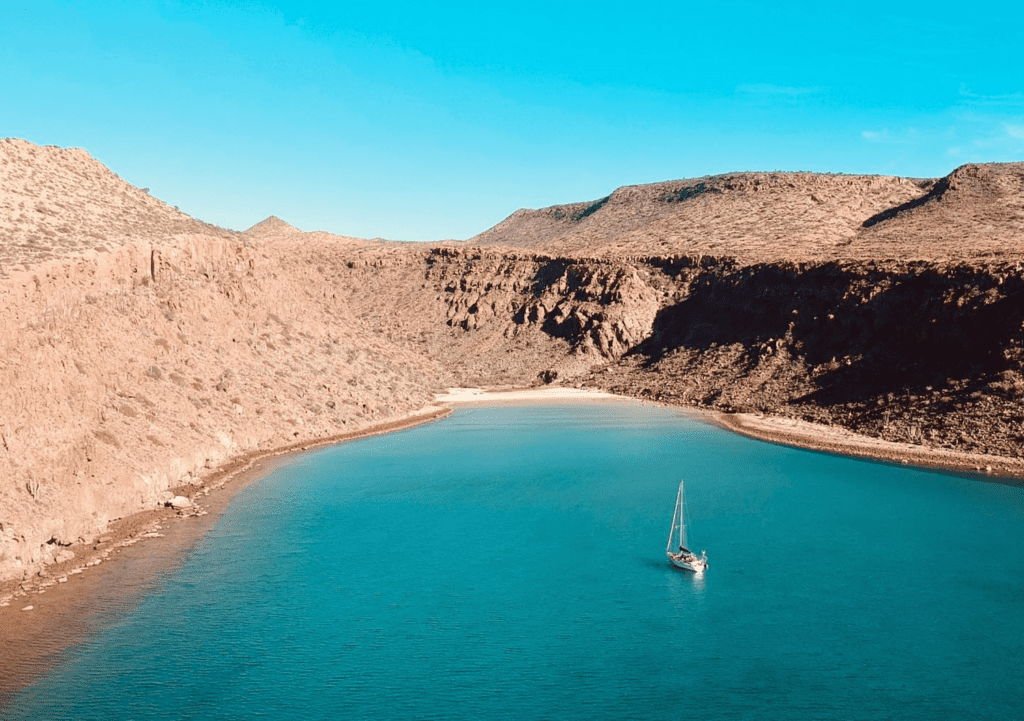
I’ve had the pleasure to travel to many awesome places in the country, including Baja California, the Pacific Coast, Mexico City, Oaxaca, San Jose del Pacifico, and San Cristóbal de las Casas. While my experience is not the typical “van life Mexico” experience, I do have a wealth of information about living in the country, driving in the country, border crossings and immigration procedures, and traveling with your pet in Mexico.
I’m also fortunate enough to have my younger brother as a resource, who did a six-month van trip through Mexico two and a half years ago, and has generously supplemented my knowledge with his own specific tidbits about van life in Mexico.
The Perks of Overlanding in Mexico
Oh man, where do I begin? There are so many perks to being a digital nomad in Mexico, from the lower cost of living to the warm weather to the spectacular scenery, beautiful beaches, friendly people, and some truly unique, special places.
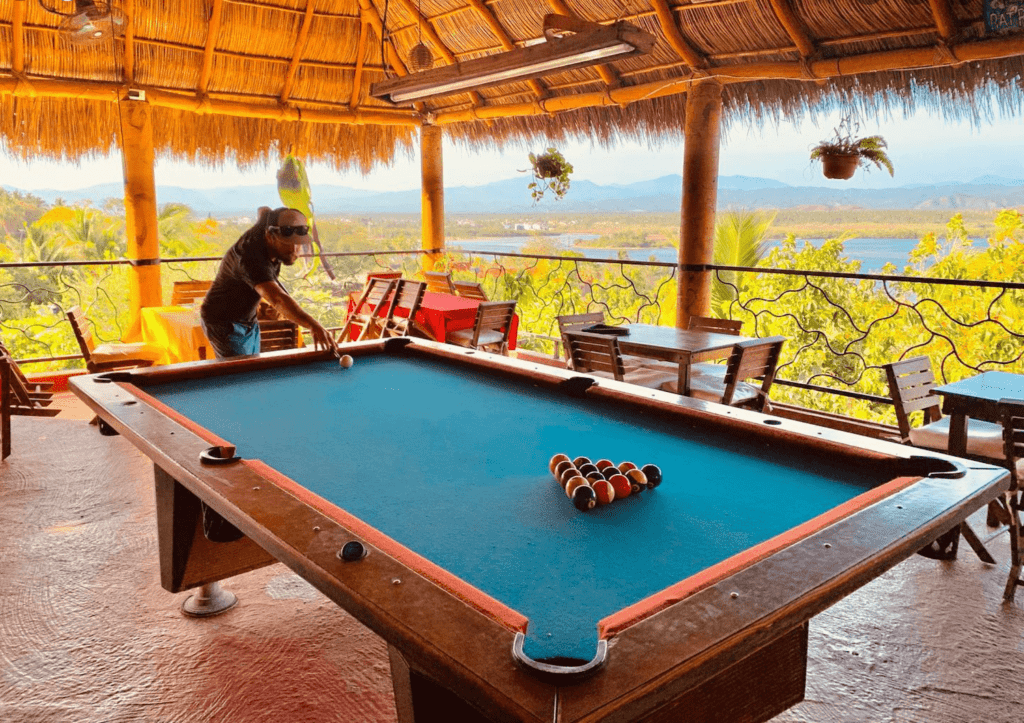
Costs of Overlanding in Mexico
Let’s start with the fact that everything in Mexico is about a thousand times cheaper than it is in the States. That includes everything from Airbnbs, to food, to beer, to bars and restaurants, to gas, to trips to the doctor and dentist…the list goes on!
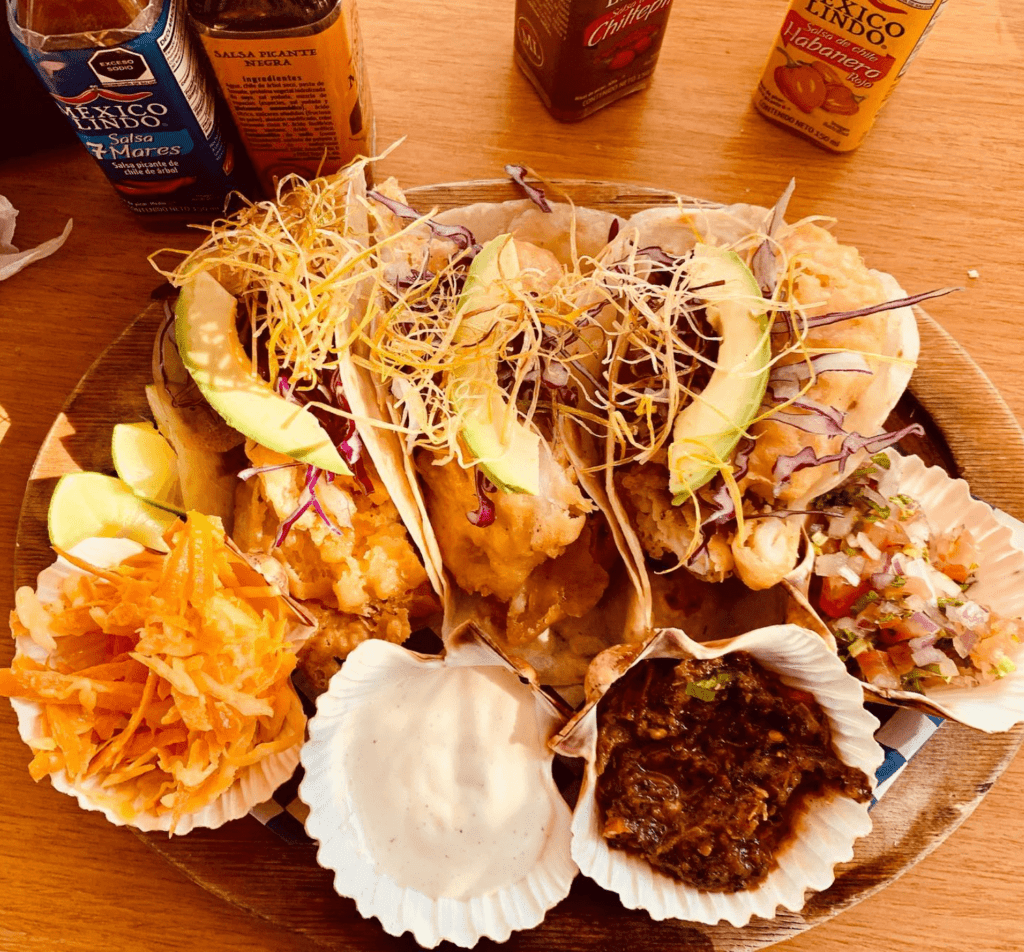
In the majority of places we were overlanding at along the Mexican Pacific coast, you could get beer for about $1 USD. A nice meal out for my boyfriend and me costs about $30 USD including drinks. (Editor’s note: it’s recommended to tip 10-15% at restaurants–it’s always appreciated, but not required). Where we lived in the States, the same meal would be close to $100! When we went to the dentist in La Paz and Tapachula, it cost about a quarter of what it would have cost in the States (that’s without insurance.)
Mexico's Weather
If van life is anything like boat life, I’m willing to bet it’s super not fun in the rain or snow (unless you’re into being permanently damp and cold. Hey, you do you.) For me, one of the huge perks of Mexico is the climate. We pretty much live in our bathing suits these days. The water is consistently over 80 degrees, and the air usually is too.
For any digital nomad who likes to work on their laptop outside, the weather in Mexico is ideal for just that. There’s a fair amount of cloud coverage as well, which actually does wonders for preventing screen glare on a laptop!
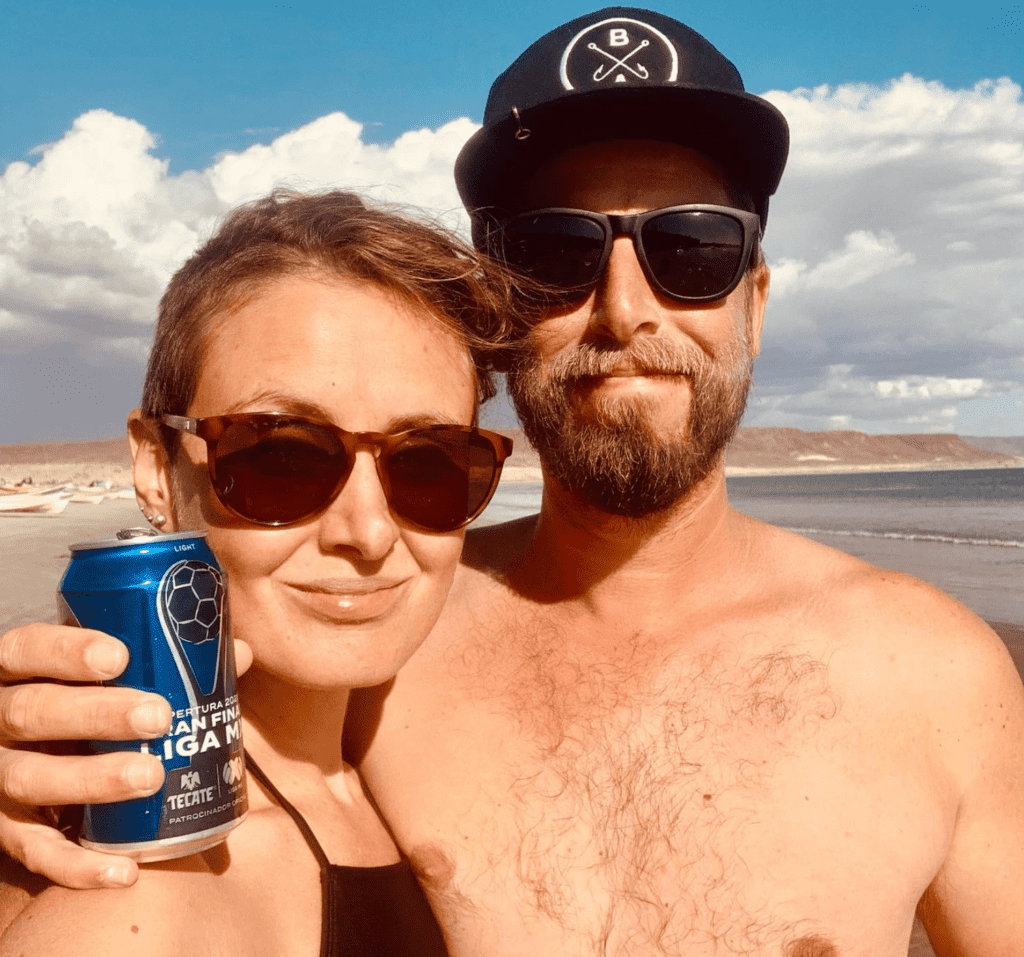
If you go pretty far south, particularly along the coast, it will start to get very hot and muggy as you get into the jungle. You’ll need to be aware of things like proper food storage, mold growth, and hydration. We have a composting toilet on the boat (Airhead—we love it) so we also need to stay on top of that and be on the lookout for flies.
You should also be aware, particularly if you are on the coast, that May through November is hurricane season. Hurricanes usually form between the Gulf of Tehuantepec and the southern tip of Baja (although they frequently travel up into the Sea of Cortez.) We spent the summer in Chiapas, which is far enough south to be out of the danger zone.
Mexico's Vibes
I have never felt unsafe in Mexico. In fact, most of the people I have met, including officials, are incredibly laid back, friendly, and helpful. There certainly are unsafe places (parts of Michoacán and Guerrero, certain neighborhoods in Mexico City and Oaxaca, and Acapulco, for example) but they can be easily avoided.
Obviously, van life in Mexico is slightly different from boat life in Mexico, but from what I’ve experienced, fear of Mexico is largely unfounded. A quick google search would have you believe that La Paz is one of the “deadliest cities in Mexico.” This is simply not true. I spent three months there and had no problems at all.
See “Safety Tips” below for more specifics on traveling safely in Mexico.
Ease of Lifestyle
Let’s face it, it’s easier to get a van into Mexico from the US than it is to, say, Morocco. Not only that, life in Mexico as a digital nomad is quite straightforward. Having now been to El Salvador, Honduras, and Costa Rica since leaving Mexico, I can say that Mexico has a unique combination of features that make it great for digital nomads.
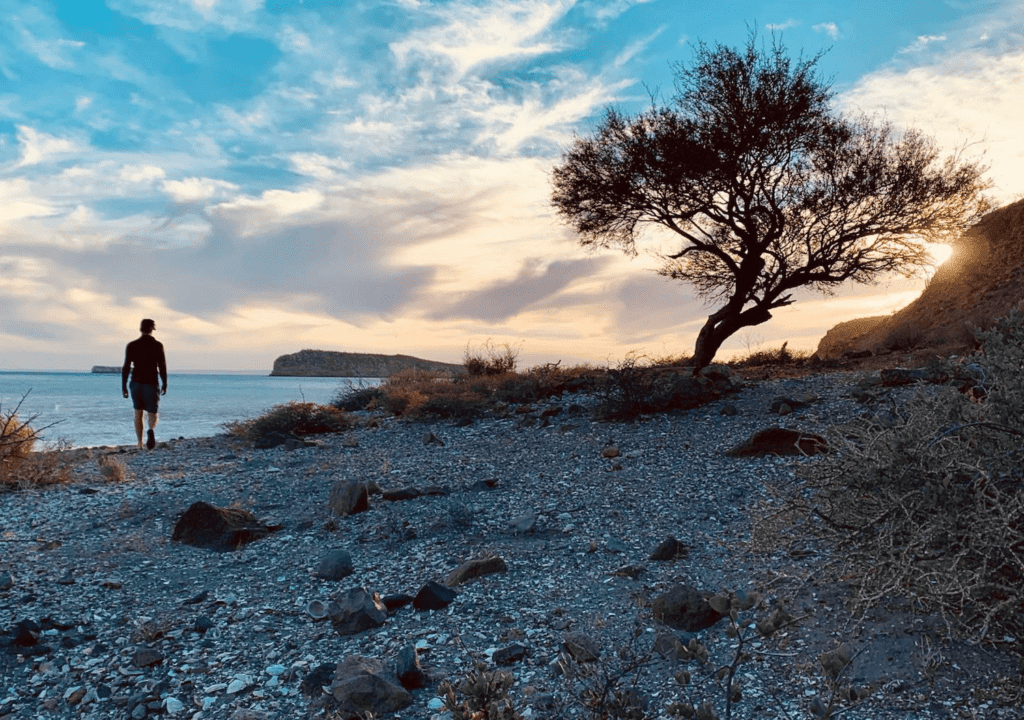
The weather is warm but not too hot or wet. Things are cheap but still available. There are lots of campsites and surf spots along the coast where you can park cheaply overnight. Not only that, Starlink works here! (We have it on the boat and it is a lifesaver!)
Crossing the Border
Full disclosure: on this trip, I did not cross the border in a van. However, entering the country in your own boat is a similar procedure. Prior to this trip I lived in San Diego for many years and crossed the border at Tijuana many times for work, so I am also familiar with crossing at Tijuana by car.
Insurance and Paperwork
It’s important that you have vehicle documentation squared away before you cross the border. You will need Mexican auto insurance to drive in Mexico—American insurance is not accepted. This can usually be purchased for about $300 for one year. A really popular choice for vanlifers is Baja Bound’s Mexican insurance.
NOTE: Your US health insurance will not work in Mexico (unless you have some fancy sort of plan). Travel insurance is relatively cheap and can (quite literally) save your life–check out this roundup of top-rated travel insurance providers.
Other paperwork you’ll need will be the title, the FMM visa (AKA visitors permit) that you’ll be issued when you cross the border (this costs $25 and is good for 180 days), your vehicle registration, driver’s license, passport, and a Temporary Import Permit (also called a TIP or Mexico Vehicle Permit.) You can opt to get your FMM visa online in advance, to avoid the line wait when crossing the border.
PRO TIP: Make at least two paper copies of your driver’s license, passport and any other documentation you obtain before crossing the border. Store these extra documents in different places; your van, wallet, backpack–wherever you can ensure to have a copy if another set disappears.
The Free Zone (AKA Zona Libre)
The Free Zone is an area near the border where you do not need a TIP to bring a car into the country. This zone extends 25 miles south of the entire Mexican-American border, 60 miles South into Sonora, and includes the entire Baja Peninsula. Sticking to the Free Zone can be a great way to test out van life in Mexico before committing to the whole shebang.
Temporary Import Permit
If you plan to drive beyond the Free Zone, you will need to get something called a Temporary Import Permit (TIP) for your vehicle. This piece of paper allows the entry of foreign vehicles into Mexico for private use. It is issued by Banjercito (and only Banjercito.)
You can hire an agent to help you with your TIP, but honestly, it’s not necessary. Just make sure to apply online through the Banjercito website at least 10 days and up to 60 days before you cross. You can also walk into a Banjercito location and do it in person if you live near the border or in San Diego or LA.
If your vehicle qualifies as a motorhome, your TIP will be good for 10 years. During that time, you can bring the vehicle in and out as many times as you want. In order to qualify, your vehicle must have a bathroom. Otherwise, your TIP will be good for 6 months, the same as your FMM visa.
Crossing from Baja to Mainland
If you come through Baja California, you will have the pleasure of making the trip from the Baja Peninsula to mainland Mexico. While I did this crossing by boat, if you’re overlanding Mexico, you can get your car to the mainland by putting it on a ferry.
Baja Ferries is a ferry company that runs from La Paz to either Mazatlan or Topolobampo. The trip takes between 8-12 hours. It costs about $75 per person and about $275 per car. Motorhomes are a bit more, at around $700.
You must make sure you have your TIP, title, and all other paperwork with you before you can board the ferry. If you don’t want to get a TIP, or take your car into the rest of Mexico, consider storing it somewhere in La Paz and hopping on a sailboat to make the crossing!
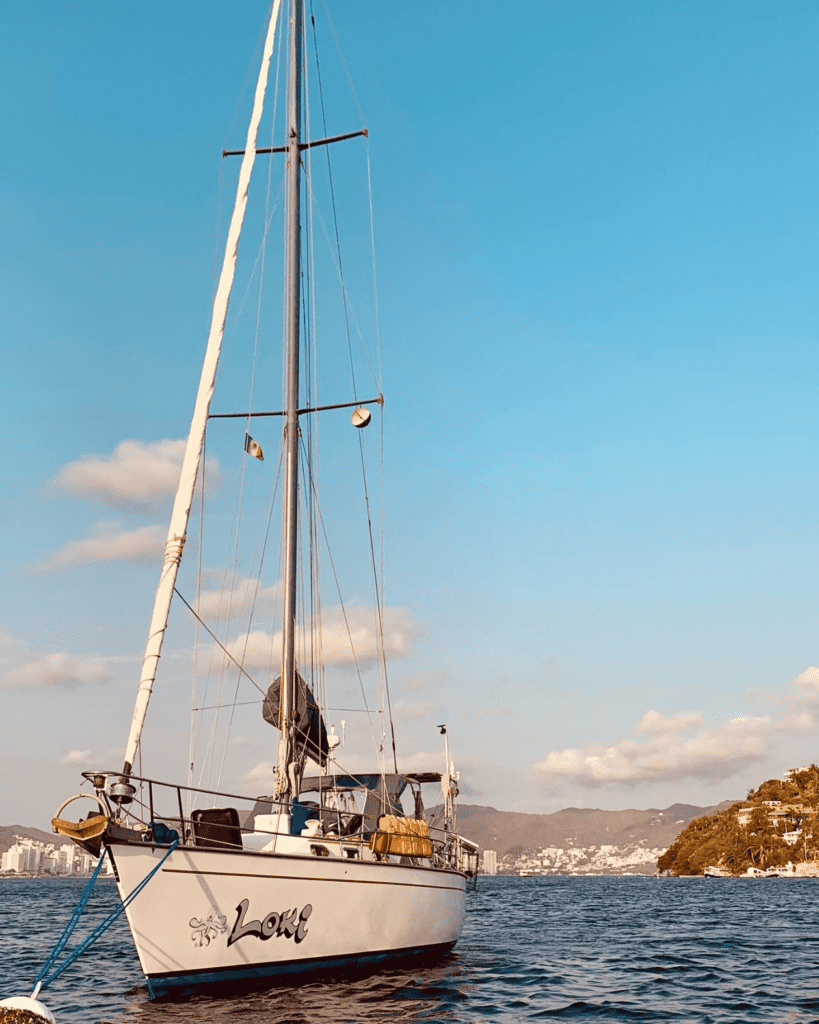
There are lots of cruisers in La Paz who need crew to help them get their boats from Baja to mainland Mexico. They will often give you a free ride if you’re willing to help out with some basic chores during the crossing. A visit to Marina La Paz is the best way to find these folks.
Bringing Pets Over the Mexican Border
I absolutely love my dog, and there was no question that she would come with us on our trip. To me, overlanding with your pet makes the journey a hundred times more stressful, but a billion times more fun!
Bringing your pet to Mexico from the US is surprisingly easy. Previous official regulations required you to have a health certificate issued within 15 days prior to importing the pet. But as of Dec 2019, health certificates for pets are no longer required. And as of June 2021, current rabies vaccination certificates are no longer required, either. But–you’ll still need a rabies vaccination certificate when crossing the border back into the US.
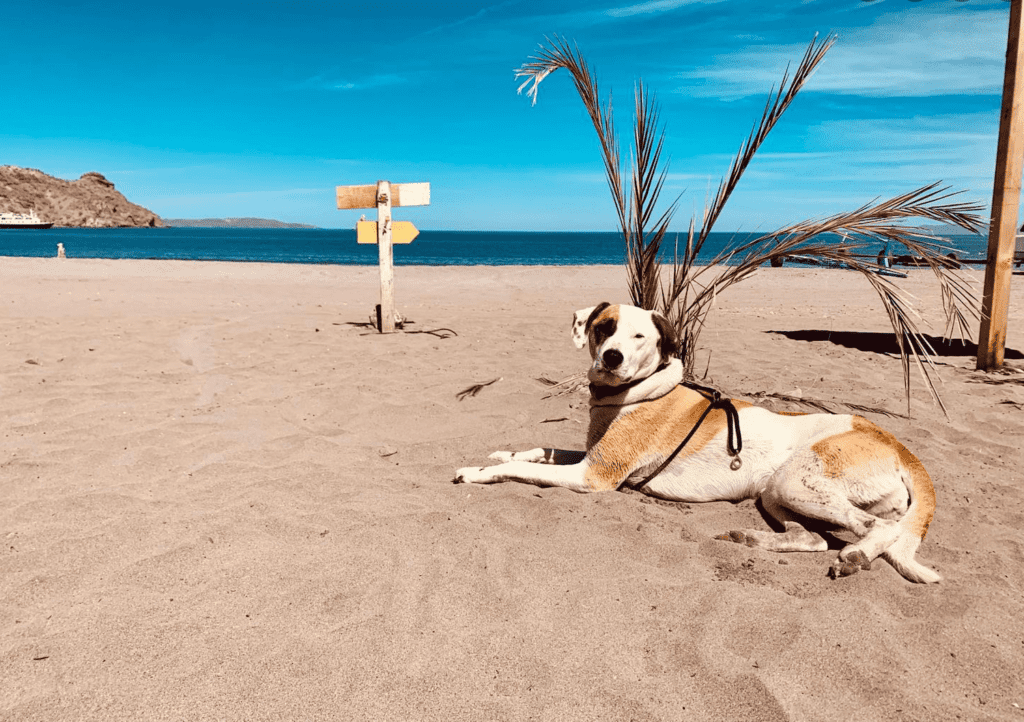
In our experience, these official regulations are actually pretty lax in practice. When we brought our dog from San Diego, the customs agent didn’t check any of her paperwork. She was not inspected (which was a huge relief because she’s pretty aggressive.) They didn’t seem bothered in the slightest that we had a dog with us.
When we flew her out of the country, back to the states, the deal was pretty much the same. We were prepared with a health certificate and rabies certificate and prepared for an inspection, but they didn’t look at anything or inspect her.
Mexico has loosened up a lot of its pet requirements. According to Traveling with 2 Dogs Blog, “Mexico border agents are not OISA officers. Therefore they are not part of the SAGARPA-SENASICA which oversees the importation of animals. There is not an OISA office at the border. No one is there to inspect your pet.”
Your mileage may vary—it’s entirely possible that some officials care more than others. Always have your paperwork prepared, just in case.
Traveling With Your Dog in Mexico
There are a lot of stray dogs here. That being said, every stray we’ve met has been friendly and well-mannered. The only reactive or aggressive dogs we’ve seen were ones on leashes in Mexico City. Our dog was off-leash pretty much all the time in Baja and on the mainland coast, and never had trouble with other dogs.
Do stay on top of your dog’s flea and heartworm medication, as they can definitely pick things up from the local strays.
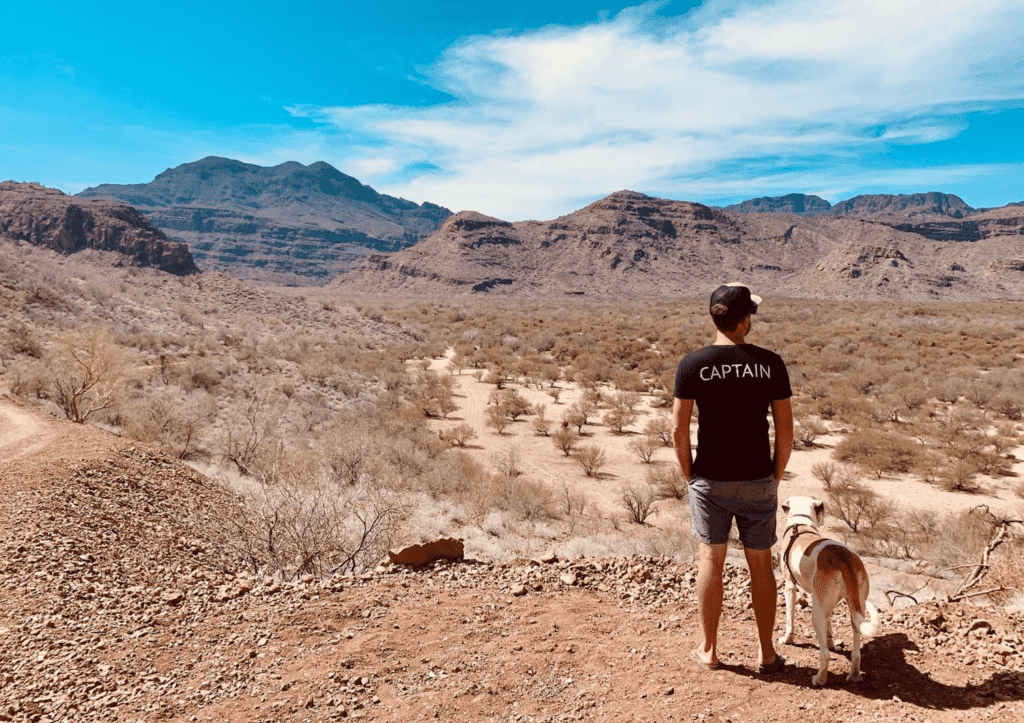
Camping
As a boat-lifer, I don’t have a ton of experience van camping in Mexico—however, my brother was able to give me the lowdown on overlanding camp spots in Mexico. There are lots of beach campsites in Baja and along the Pacific Coast of mainland Mexico. Many of them are paid, but the cost is usually low. They often have bathrooms and showers.
Most of the campsites you’ll find are attached to prominent surf spots. Places like Punta Abreojos, La Pastora, and San Juanico in Baja; and spots like Sayulita and Saladita on the mainland. As you travel inland, camping becomes harder to find. My brother did spend a few nights pulled over on the roadside, which he said was fine and felt safe, but was obviously less convenient than finding a campsite.
Driving Safety Tips & Tricks
Mexico is absolutely a safe place to travel. That being said, you should implement safe travel practices—as you would do anywhere—to avoid getting robbed or ripped off. Don’t drive or walk alone at night. Don’t flash a lot of cash around or wear a lot of expensive jewelry. Secure your possessions and lock your vehicle. Park in protected, well-lit places.
Driving at Night
According to my brother, it is not recommended to drive at night, either in Baja or on the mainland. The main reason for this is cows. They stand in the middle of the road and, unlike some animals, they do not have reflective eyes, so you won’t see them until you are right on top of them.
Cops
We have never encountered them, but we have friends who have been pulled over by crooked cops. These guys will insist that you’ve committed some kind of traffic infraction, but that they can make it all go away for a fee. Always request a written ticket or request to be taken to the police station. Never give money to a police officer—doing so perpetuates the cycle of corruption.
In Michoacan and Guerrero, you may encounter “self-appointed” cops, who are civilians (usually teenagers and young men) with guns. They are very friendly and are not out to do you harm; rather, they strive to protect their neighbors and visiting tourists from cartel violence.
Other Drivers
We’ve found many of the drivers (particularly drivers of local buses or “combis”) to be a bit…heavy-footed. Oaxaca in particular was like driving in a bumper car circuit, and combis in Chiapas seem to follow their own laws, dodging around traffic and making stops at random, usually while the driver simultaneously counts change and checks his WhatsApp. Practice defensive driving.
Speed Bumps
We’ve found most of the roads in Mexico to be in great condition and easy to navigate. But… they love their speedbumps (AKA “topes”). I feel like I could write a whole separate article on the speedbumps we encountered while driving a rental car from Huatulco to Oaxaca. It. Was. Crazy. Look out for road signs that say “Topes” – this indicates that intense potholes are imminent.
Narrow Roads
Many overlanders report narrow roads and some deep potholes in the Baja area. Specifically, along Mexican Highway 1, or the Trans-Peninsula in the La Paz area. This is a really popular area for vanlifers to camp. One of the best ways overlanders avoid being run off narrow roads when passing semi trucks is using walkie-talkies. The goal is to let the smallest van lead the pack, and then communicate to the rest of the group when a semi truck is coming.
If you aren’t traveling in a “van pack”, no worries! Simply drive slowly and cautiously–and tilt in your rear-view mirrors as much as possible while still being able to use them! (I had one van friend whose rearview mirror was broken off by a semi truck when passing on a narrow road–no thank you!).
Keep in mind that many slow-moving Mexican vehicles will use their left turn signals to indicate that it’s okay to pass them, or that they are going to pass you.
Handling the Language Barrier
A little Spanish goes a long way in Mexico! A lot of people here do not speak English. This is true not only in remote places but also in big cities like Oaxaca and Mexico City.
I speak good Spanish and it has saved our asses many times! I highly recommend studying up if you can. Not only will it make your life easier, but it will also enrich your experience and demonstrate to the local people you meet that you value their language and culture. Don’t be one of “those tourists” who only speak English!
Here’s a helpful resource for learning Spanish phrases when traveling in Mexico.
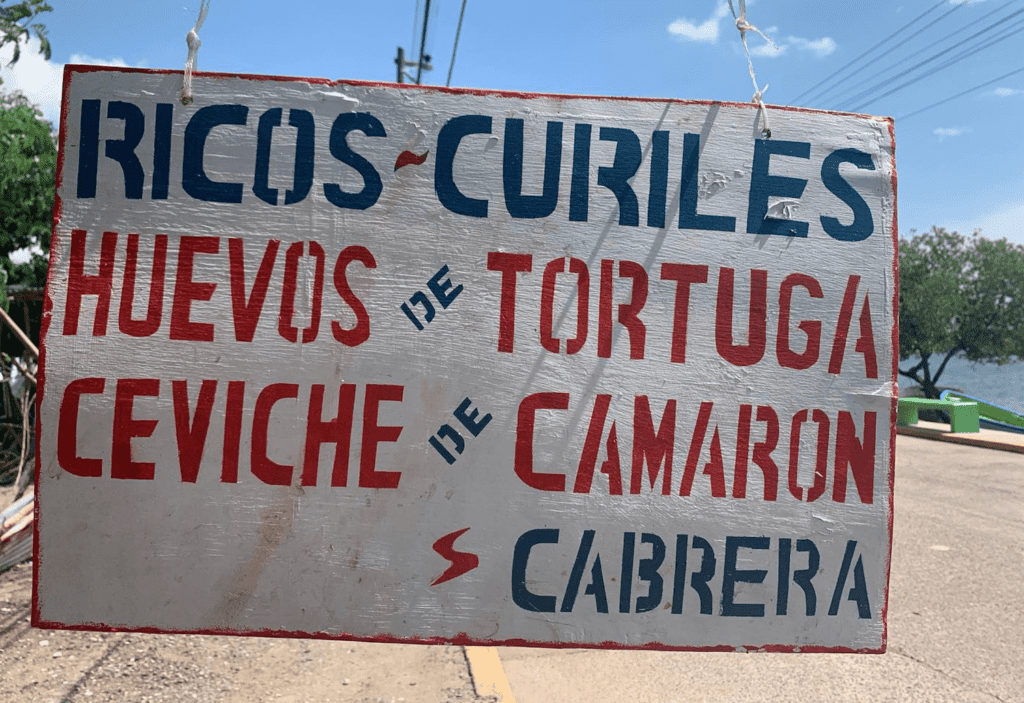
Duolingo is an excellent app for practicing, but another great way to do it is to simply take a class while you’re here! There are cheap language schools in most of the places we visited, as well as vacation packages that include language classes if you can afford that sort of thing (which maybe you can, considering the money you’ll be saving on everything else!)
Money & Exchange Rates

It’s recommended to find an exchange shop before crossing the border, but near the border. If you’re crossing at the Tijuana border, there are many exchange shops in San Diego’s town of San Ysidro. We recommend exchanging $50-$100 before crossing the border. You want enough cash to get you out of a pinch if needed, but not so much that–if something went amiss–you wouldn’t lose it all.
Once in Mexico, you can find ATMs in most Oxxo grocery stores and banking areas in big cities. We recommend strictly using ATMs from major brands for the best exchange rates. Use a debit with a pin number in order to avoid extra credit card fees! One vanlifer noted, “the last screen that pops up on an ATM machine is the proposed exchange rate–DON’T accept that because it’s the Mexican bank’s exchange rate and not your own bank’s.”
We recommend getting a Charles Schwab Investor Checking account and debit card if you can. It’s free to set up, and Charles Schwab will reimburse all your foreign transaction and ATM fees, anywhere in the world. Just use the card to withdraw money at ATMs as normal, and you’ll get a reimbursement deposit at the end of each month
You can use major brand credit cards at most major stores and gas stations, including Oxxo groceries and Pemex gas stations. But you’ll inevitably run into times where the biggest “city” is a small, rural town–that’s when you’ll want to have cash on you.
Finding Gas & Potable Water
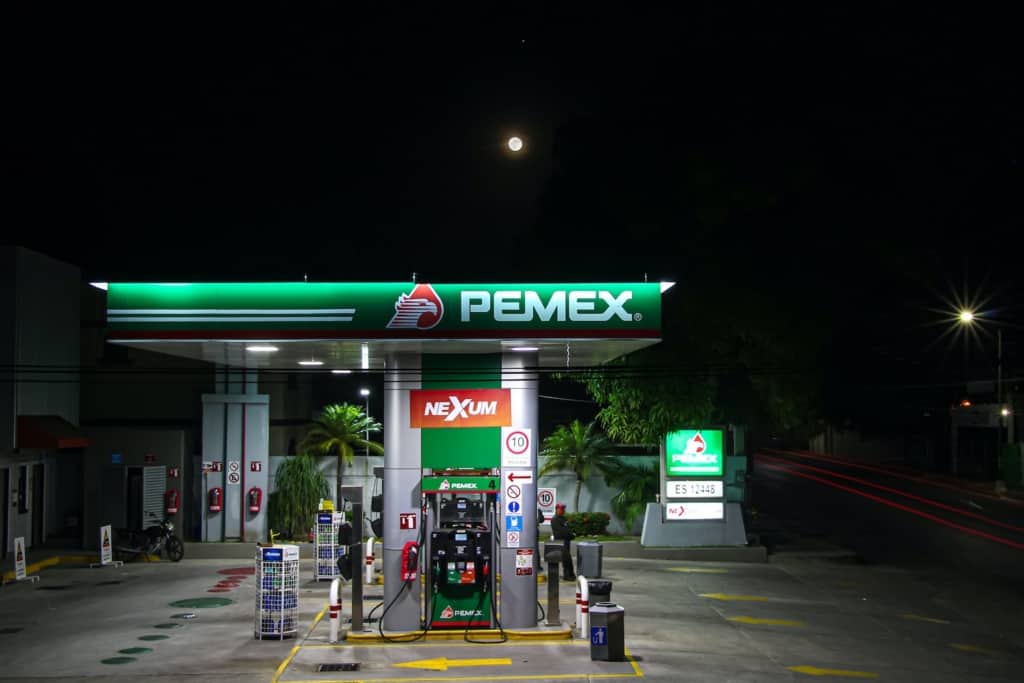
Finding gas in Mexico is much the same as finding it in the States. Pemex is the main gas company, and their stations are all over the place, except in very remote areas. In these places, we were sometimes able to buy gas from locals. If you’re leaving a town and may not be somewhere else for a while, fill up.
Editor’s Note: There are a couple of stretches along Mexican Highway 1 that have no gas stations for 100+ miles at a time. Particularly, from El Rosario as you head inland, up into the winding roads of the Sierra La Asamblea mountains. Be sure to top off your tank before starting this stretch! And if you do need to visit a small, local gas station, be sure that the gas meter is set to zero before they start filling you up. You can simply say, “lleno, por favor” to ask for a full gas tank fill.
According to my brother, getting work done on your vehicle along the road is cheap and easy. Tons of people work on their own cars down here and can offer help, and every town has a tire shop or mechanics. Labor is cheap and people are eager to work.
Finding Water
Finding potable water is more of a concern than finding gas in Mexico. The tap water here is not drinkable—at least, from what we’ve seen, the locals do not drink it. Everyone drinks bottled water, which can be purchased in five-gallon jugs at most stores, and through certain special shops that deal specifically in water.
Even tiny fishing villages in Baja have water for sale, so as long as you are near a town, you should be able to find a place to buy water. If you know you’ll be heading out to a more remote location, make sure your tanks are full before you go.
Showering & Bathrooms

If you’re staying in campsites along the coast (either on the mainland or in Baja) there will be bathrooms. If you venture away from these areas, I recommend having some kind of shower/toilet system in your van that you can rely on, even if it’s bare bones. It’s not always easy to find public restrooms, particularly in remote parts of the country. We have a composting toilet and shower on the boat.
According to my brother, you can get away with taking a shovel on a walk with you in some spots, but it’s not really allowed. You can also sometimes find a restaurant or cafe that will let you use their bathroom (and WiFi!) if you buy a snack.
We actually “shower” a lot in the ocean! The water is warm, beach access is easy and available, and a saltwater dip once a day will keep you surprisingly clean!
Finding Internet & WiFi
A decent wifi connection is a requirement for any overlanding digital nomad working remotely–but it can be tough to find in Mexico sometimes. Some of the most beautiful beaches will also be the ones without a lick of cell service. The best options for using internet in Mexico are:
Cafes, restaurants & breweries: Public places such as coffee shops, breweries, libraries, restaurants and eateries often offer free Wifi for customers. Expect it to be potentially slow and choppy, but it should do the trick.
Starlink satellite internet: If Starlink is within your budget, it can be a game-changer. All you need is an unobscured view of the sky to access fast internet speeds. As of December 2022 it covers all of Mexico. Read one vanlifer’s experience using Starlink.
Mobile hotspots: If you’re a digital nomad, you probably already have a mobile hotspot (or use your phone as one). You’ll need a phone plan that works in Mexico but otherwise, your mobile hotspot should work just the same as it does in the US.
Be aware that cell data is more expensive in Mexico than in the US. The main cellular provider is Telcel, and the best plan we could find as visitors from them was $25 for just 6 gigs at a time. Strive to use Wifi when you can.
Internet Coverage Apps: Apps like OpenSignal show cell coverage maps across Mexico. You can plan your route based on your internet needs, and make sure you have coverage on work days.
Useful Apps for Travel in Mexico
From finding clean water sources, cell coverage or learning the language, here are helpful apps for navigating Mexico.
iOverlander: Arguably the most popular overlanding app for finding free (and paid) camp spots. A crowdsourced (and free!) app that also shows you where to find bathrooms, drinking water, laundry services, and more. Get on iOS or Android.
Google Maps: Good ‘ol Google Maps is great for road and trail navigating. Use its offline maps feature to download maps of areas without cell service before you head there. Get on iOS or Android.
DuoLingo: As mentioned, this is a great language learning app so you can get familiar with popular Spanish phrases. Get on iOS or Android.
OpenSignal: Use this app to see cell coverage across the areas you’ll be traveling to. Get on iOS or Android.
GrinGO: Specifically made for US citizens or Canadians traveling safely in Mexico, this app covers everything from accessing legal aid, getting vehicle insurance, and finding camp spots. Get on iOS or Android.
Top Overlanding Mexico Destinations
There are so many awesome places to visit in Mexico. Most of the ones I’ve personally visited are on the Pacific side of the country. Here are my recommended Mexico spots for vanlifers, and a few recommendations from my brother.
Baja California
This is, hands down, one of my favorite places on the planet. It’s beautiful, friendly, safe, and chock-full of fish tacos and cheap beer. There are a fair number of expats and digital nomads already living in their vans down here, so you’ll usually be able to find people to help you out if you need something.
Join this WhatsApp group hosted by Escapar a La Baja, Cuatro to chat with over 100 other road travelers already in the Baja area! Escapar a La Baja runs an overlanding Mexico event in Baja California every February.
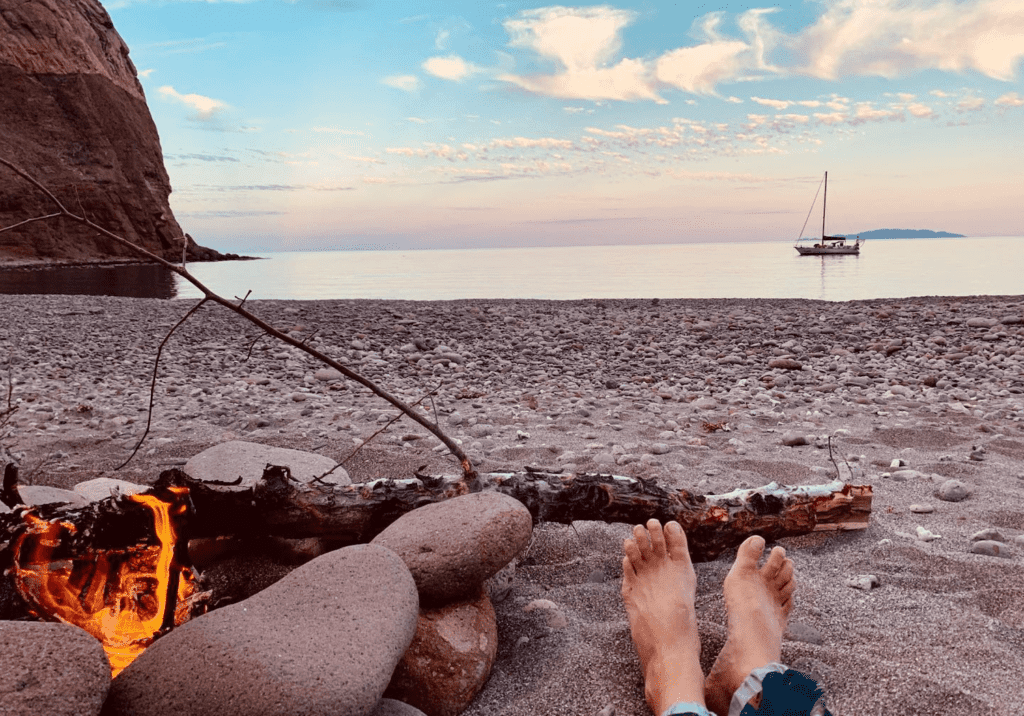
Some of the best spots to visit in Baja are Muleje (amazing beach camping, very cute little town), San Juanico (epic surf spot), Agua Verde (hidden hot springs and amazing camping), Loreto (a bit touristy, but a nice town) and La Paz (big, laid back city with a large expat community and pretty much everything you could possibly need.)
We spent 6 months sailing down the Pacific Coast of Baja and up into the Sea of Cortez on the inland side. There are so many fishing villages, remote beaches, surf breaks, and hikes to check out that you could spend a year here and still have more to explore.
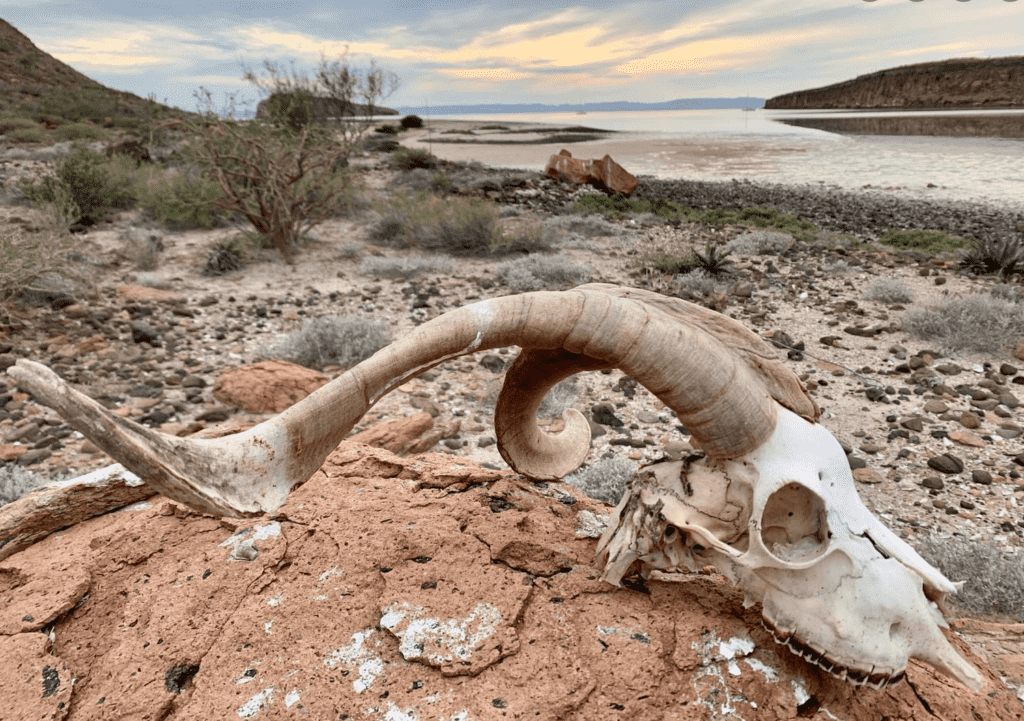
Sayulita
Sayulita is a village on the mainland coast, known for its surf break, warm water, and easygoing vibes. It’s a hugely popular surf spot and also a popular stop for those living the van life in Mexico. My brother spent about a month here and raves about it. There is an abundance of wildlife, including humpback whales, dolphins, and lots of different kinds of fish, including Mahi Mahi, which makes excellent sushi.
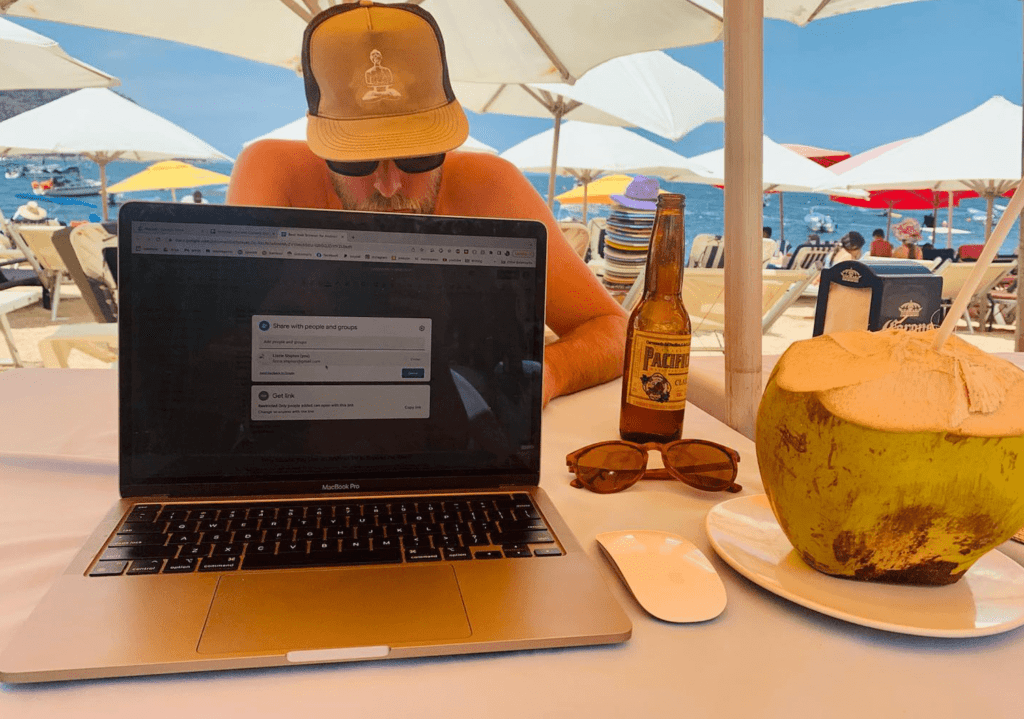
Saladita
According to my brother, this is one of the best left-point surf breaks around. It boasts the longest wave in Mexico. There are tons of expats and surfers hanging around in vans, and lots of available beach camping. About 15 minutes from Playa La Saladita is a hot spring that you can either drive to or catch a local bus and walk to.
San Jose del Pacifico
The mushroom capital of the world! (Yes, those mushrooms.) This incredible little town is tucked away in the mountains between Huatulco and Oaxaca, and is popular with backpackers. The drive to get there is breathtaking, around winding mountain roads that overlook stunning vistas.
The town itself is very small—basically a single road. There are plenty of places to pull off the main road and park and although I have not done this myself, we did see several people sleeping in vans while we were there, so it appears this is also a popular “van life Mexico” spot.
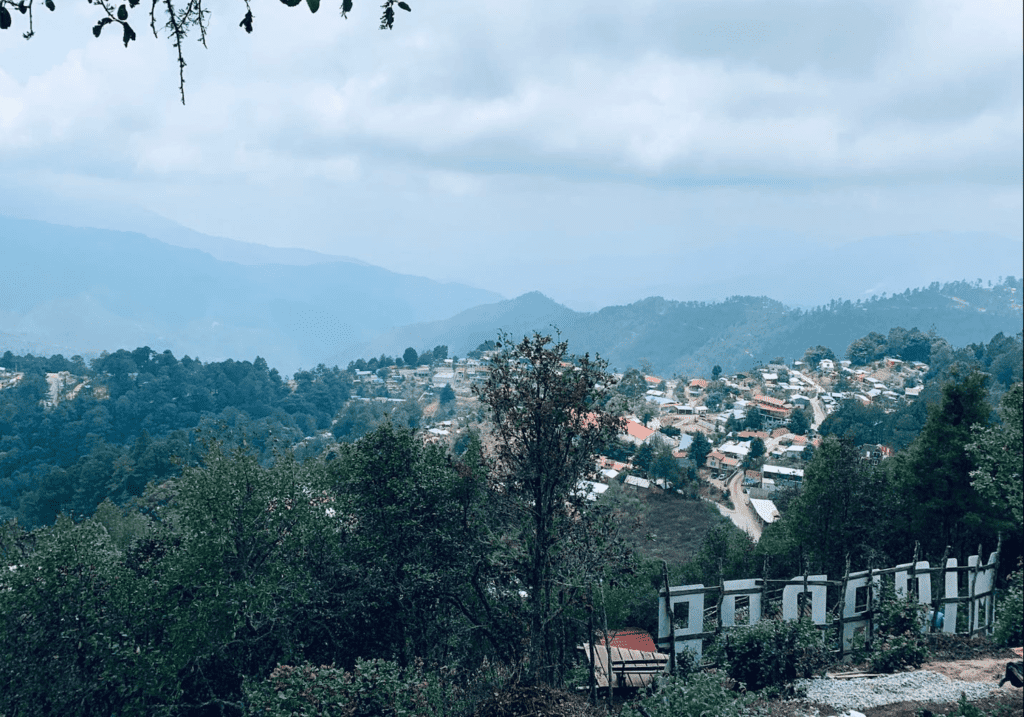
Check out La Mirador for a killer view, or visit a temazcal—a traditional sweat lodge. If you do want to dabble in some psychedelics, the season for it starts in June. You can buy them pretty much anywhere in town to imbibe on your own, or you can book visits with shamans for guided ceremonies.
San Cristóbal de Las Casas
This colonial mountain town is a popular backpacking spot because of its beautiful location, cool climate, and abundance of music, food, and history. I recommend getting an Airbnb if you stay here. Airbnbs are cheap and very available.
The town has an incredible music scene and great nightlife. There are lots of restaurants, cheap bars, and approximately one million coffee shops (I’m kidding, obviously, but don’t forget to take advantage of the fact that you’re in the middle of coffee country. The coffee is great and there is a ton of it.)

While you’re there, visit the Amber Museum and Mayan Medicine Museum to learn about the history of the town and the indigenous people of the region. You can also hop on a combi or drive out to Chamula to visit a traditional Mayan church where you can pay a small fee to enter and witness people engaging in traditional Mayan ceremonies.
Overlanding Mexico: La Buena Vida!
l hope this article has given you some idea of the incredible opportunities that traveling in a van in Mexico can provide. Traveling internationally is certainly more complicated than traveling at home, but with a little preparation, a Mexico van trip can be the experience of a lifetime.
About Liz Shipton
Liz is a former musician and software engineer and currently works as a remote freelance content writer. When she’s not penning articles about coding, music theory, or the digital nomad lifestyle, she writes dystopian science fiction based loosely on her travels. You can find her debut series Thalassic on Amazon, or get in touch with Liz through her website at lizshipton.com. Liz and her boyfriend plan to go through the Panama Canal early next year and will spend time in the Caribbean before crossing the Atlantic for Europe.
Save on Pinterest!
